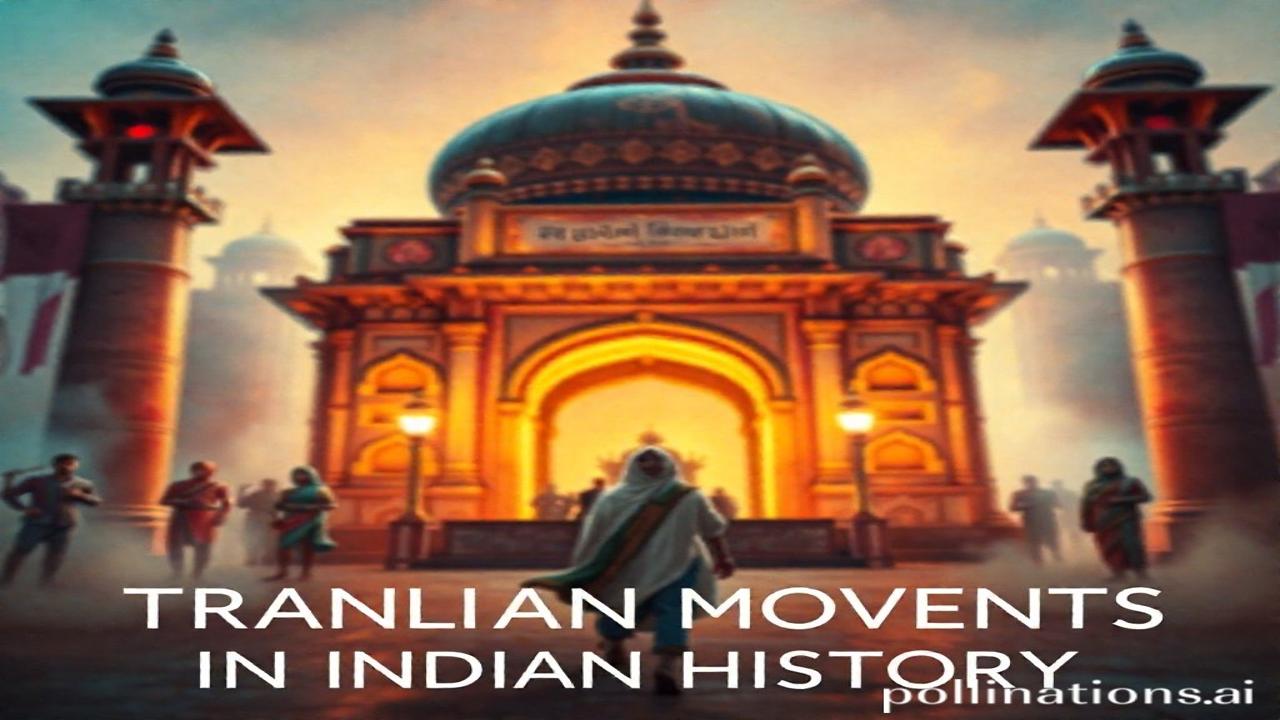Waqt Ki Dhool Mein Lipte Shabd: Unveiling the Translation Movements of India
Kabhi socha hai, jab hum Ramayana ya Mahabharata padhte hain, ya Tagore ki kavita sunte hain, toh kitne logo ne unhe hum tak pahunchane ke liye apna jeevan samarpit kar diya? These are not just stories; they are the distilled essence of India, passed down through generations, often thanks to the unsung heroes of translation. Waqt ki dhool mein kuch aise hi shabd chhup gaye hain, jo aaj bhi humari pehchan ko roshan karte hain. Let’s dust them off, shall we?
Translation in India: Ek Itihasik Safar
Translation in India is not a recent phenomenon; it’s as old as our civilization itself. It started way back with the need to understand different languages spoken within the vast subcontinent. Imagine a bustling marketplace in the Mauryan Empire (322-185 BCE). Merchants from different regions, speaking Prakrit, Sanskrit, and various local dialects, needed to understand each other to trade. This need for communication sparked the earliest forms of translation.
But it wasn’t just about trade. Religious texts, like the Buddhist sutras, were translated from Pali and Sanskrit into other languages, spreading the message of enlightenment far and wide. Later, during the Mughal era, Persian became the court language. This led to a massive translation effort, bringing classical Persian literature and scientific texts into India. Think about the Ain-i-Akbari, a detailed record of Akbar’s reign, which itself relied on translated documents. Translation, therefore, became a powerful tool for spreading knowledge, consolidating power, and shaping cultural identity.
Zameeni Sach: Rulers, Saints, and the Language of the Soul
Let’s step back in time…
Imagine a Buddhist monk, Bhikkhu Nagasena, sitting cross-legged, explaining the Dharma to King Menander (Milinda) in Bactrian Greek sometime in the 2nd century BCE. This isn’t just a conversation; it’s a meeting of cultures, facilitated by translation.
Or, picture the court of Akbar. Abdul Qadir Bada’uni, a scholar known for his critical views, painstakingly translating the Ramayana from Sanskrit to Persian. His purpose wasn’t just linguistic; it was to bridge the gap between the Hindu and Muslim communities, to foster understanding and respect.
“Kya aap is shloka ka arth samajhte hain?” Akbar asks Bada’uni one day, leaning forward with curiosity.
“Jahanpanah,” Bada’uni replies, “yeh shloka dharma, karma, aur nyay ki baat karta hai… Yeh insaniyat ki kahani hai, chahe woh kisi bhi bhasha mein ho.”
Even saints like Guru Nanak Dev, who travelled across India preaching his message of unity, understood the importance of linguistic diversity. His teachings, expressed in a mixture of languages, resonated with people from different backgrounds, transcending linguistic barriers.
These weren’t just words on a page; they were the building blocks of a shared culture, a shared sanskaar.
Dharohar Aur Pehchan: Echoes of Translation Today
Today, we see the legacy of these translation movements everywhere. Our multilingual society, our rich literary heritage, and even the way we communicate are all shaped by the centuries of linguistic exchange that have taken place on this land.
Look at our festivals. The stories of Diwali, Holi, and Eid are celebrated across the country, retold and reinterpreted in countless languages. The kathakars and bhajankars, who share these stories, are modern-day translators, adapting ancient narratives to resonate with contemporary audiences. The constitution of India is translated into every language of the country to ensure that the people of this nation can read and know there rights.
Translation is not just about converting words from one language to another; it’s about understanding different perspectives, bridging cultural divides, and building a more inclusive society. It’s an essential part of Bharatiyata, of our shared Indian identity.
Mazedaar Tathya Ya Bhram-Bhanjak: Busting Myths
Log samajhte hain ki translation sirf sahitya tak seemit hai… lekin asli sach yeh hai ki translation ne vigyaan, takniki, aur vyapar mein bhi mahatvapurna bhumika nibhai hai. From the translation of medical texts during the Mughal era to the localization of software today, translation has been crucial for the advancement of knowledge and technology in India.
Another common misconception is that translation is a passive activity. In reality, translation is a creative act, requiring the translator to interpret, adapt, and reimagine the original text. It’s about finding the rasa of the original work and conveying it in a new language.
Drishya Aur Bhavnaen: Bringing the Past to Life
Imagine the scent of sandalwood and incense filling the air as Buddhist monks chant sutras in Pali, then carefully translate them into Sanskrit, their voices echoing through the ancient monasteries of Nalanda.
Picture a Mughal court filled with the sounds of Persian poetry, the rustle of silk robes, and the hushed whispers of scholars debating the nuances of translation. The air is thick with the fragrance of attar and the anticipation of intellectual discovery.
Feel the rough texture of palm leaves beneath your fingertips as you read a newly translated manuscript, feeling a connection to the scholars of the past who poured their hearts and minds into preserving and sharing knowledge.
Antim Vichar Ya Uddharan: A Lingering Thought
Translation is more than just a linguistic skill; it’s an act of empathy, a bridge between cultures, and a testament to the enduring power of human connection. As the great poet Kabir Das once said:
“Bhasha toh ek dariya hai,
Jo har desh mein bahti hai.
Jo isko samajh le,
Woh hi gyani kehlati hai.”
Translation allows us to cross these rivers, to understand different cultures, and to build a more harmonious world. It is, in essence, the soul of India, speaking in many voices.
